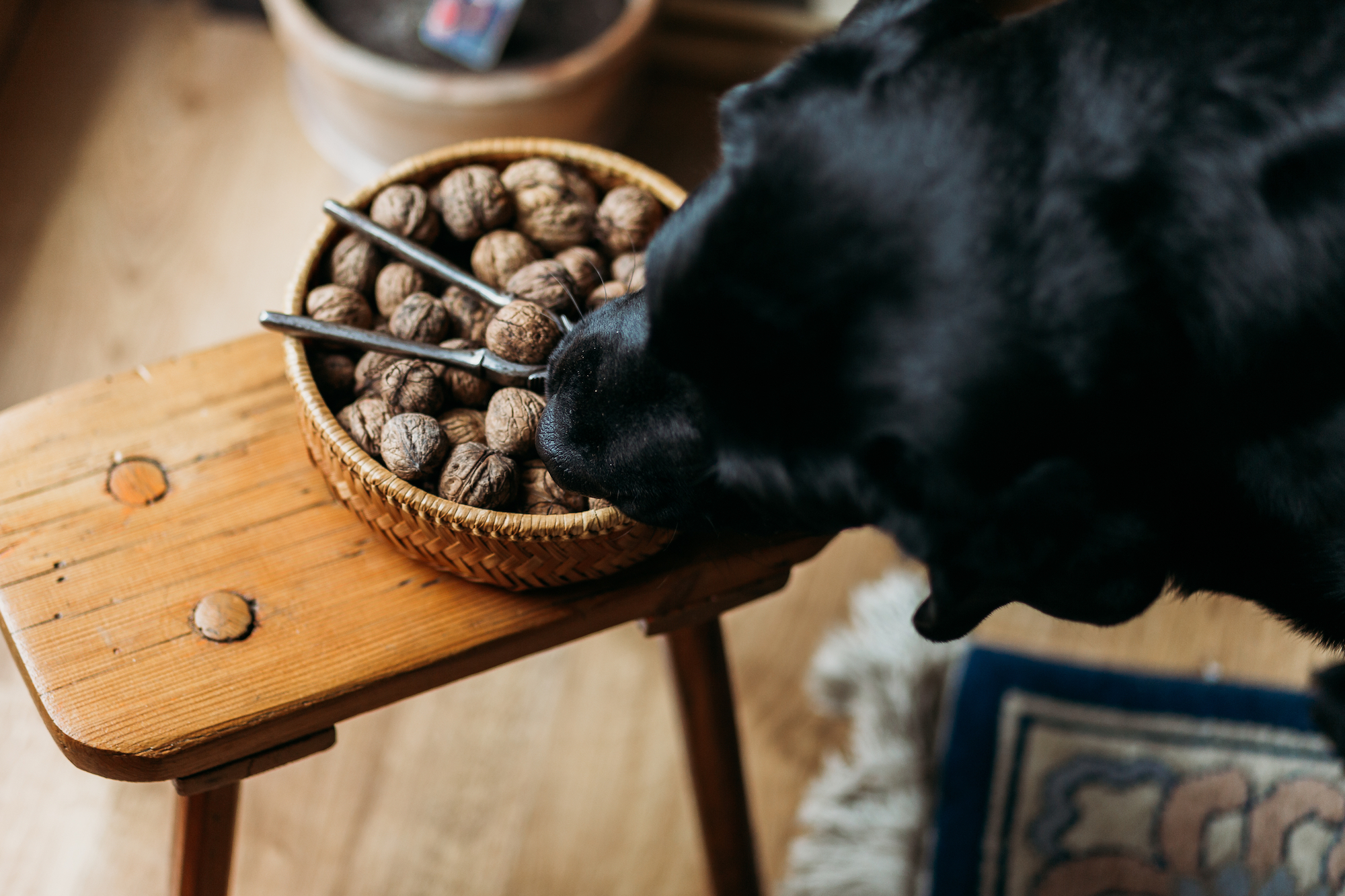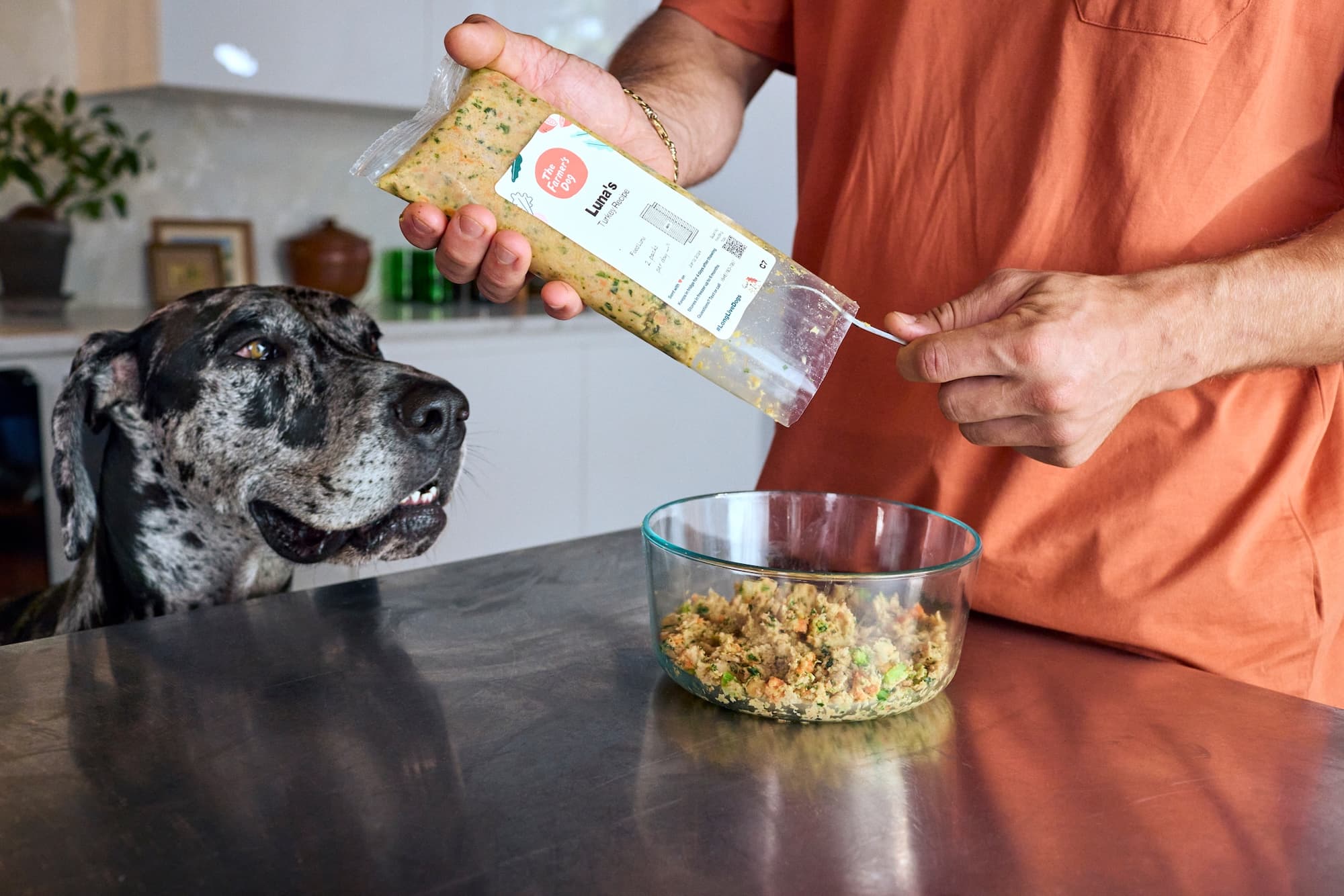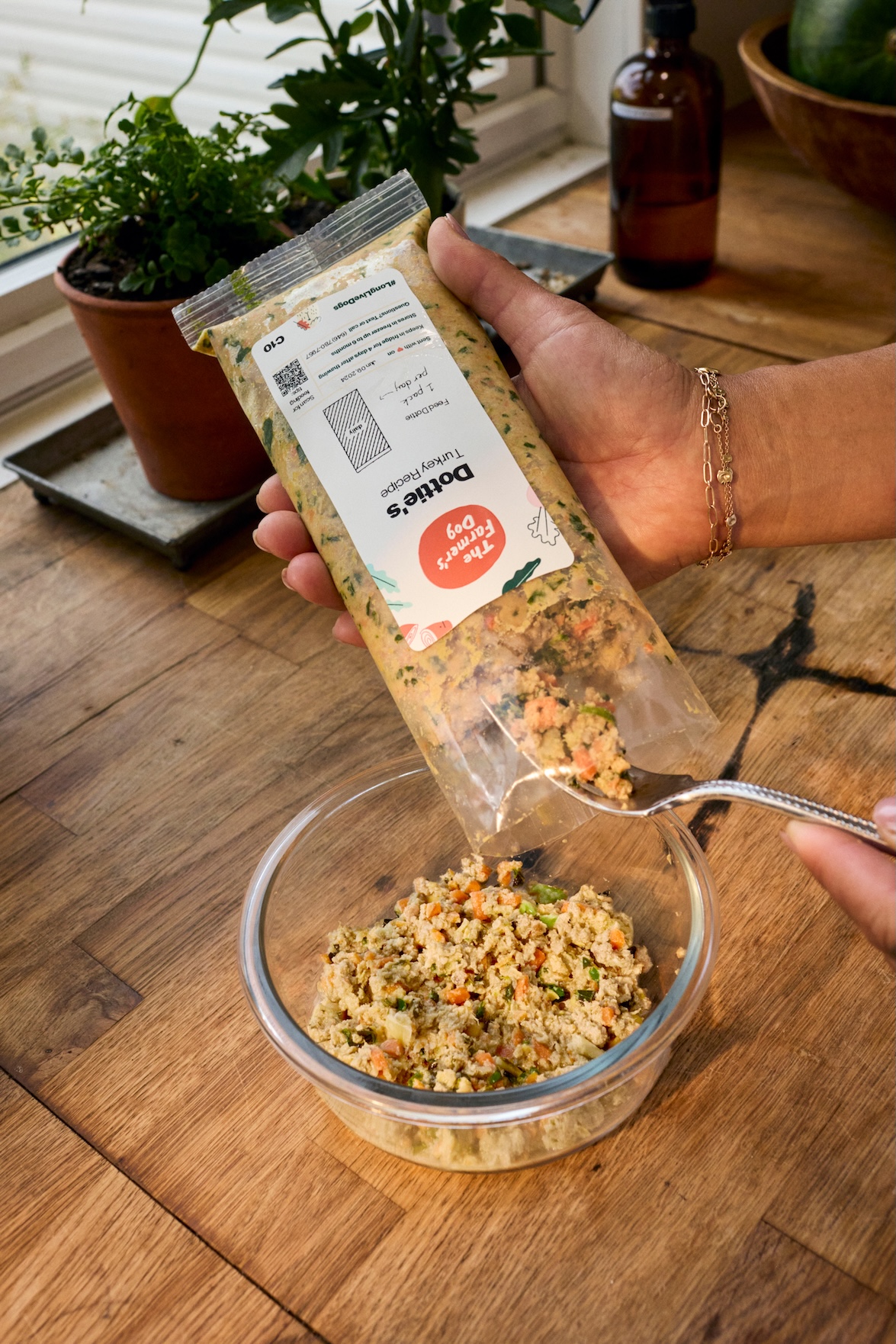There are some kinds of nuts dogs can eat, but when you consider all the potential pitfalls, it’s best to just skip them completely.
Are nuts safe for dogs?
Most nuts are technically safe for dogs—that is, if your dog snatches one off the floor, they’ll be fine. But nuts are rich in fat and calories so, while most may not be toxic for dogs, they generally aren’t the healthiest choice for a snack. Per one-ounce serving, almonds contain 160 calories, cashews contain 160 calories, walnuts contain 190 calories, and hazelnuts contain 180 calories. Nuts generally contain about 4 to 6 grams of protein per ounce along with 14 to 20 grams of total fat. Because they’re high in fat and calories they may increase your dog’s risk for obesity with frequent feeding.
Dogs should never be fed raw nuts or nuts with additives like sugar or salt, and you should be mindful of their size to avoid a potential choking hazard.
Never feed your dog macadamia nuts–they are toxic to dogs even in small amounts.
With all these “buts,” we’d recommend that you just give nuts a pass entirely.
The benefits/drawbacks of feeding nuts
Nuts are a nutritionally dense food (after all, many are the building blocks of whole trees!). They’ve got a ton of vitamins and minerals that make them a healthy snack for humans, and a good energy source for activity. But along with these benefits, nuts also contain high levels of fat. And too much fat in your dog’s diet could put them at risk for obesity and digestive upset.
If your dog accidentally grabs a nut or two, it’s nothing to worry about, unless we’re talking about macadamia nuts (in which case, consult your veterinarian as soon as possible). And if your dog is nuts for nuts, it’s ok to feed a few once in a while, as a rare treat. But there’s no reason to actively incorporate nuts into your dog’s snacking routine.

How to feed nuts/how much to feed
When feeding your dog nuts, it’s important to choose roasted, unsalted nuts. Some raw nuts can be dangerous for dogs and salted nuts can be much too high in sodium. Make sure nuts are free any sugary, or chocolatey coatings.
Ensure any nuts you feed your dog are fresh as well. The fat in nuts can go rancid over time. Many nuts also carry the risk of harboring the mold that can produce the dangerous toxin, aflatoxin. And, it should go without saying but ensure nuts are shelled—some shells are toxic; and nutshells in general aren’t digestible and can cause choking or intestinal blockage or perforation.
Nuts dogs can technically eat:
Almonds: They’re not toxic, but some dogs can have a hard time digesting them, and they can be a choking hazard.
Cashews: Cashew shells contain a powerful toxin whose residue is eliminated by cooking, so never feed raw cashews.
Chestnuts: This lower-fat nut can be a good option if cooked and chopped as an occasional treat. Don’t let your dog eat chestnuts off the ground.
Hazelnuts: Like other nuts, hazelnuts sort of belong in the DO and the DON’T lists; they are technically safe but in their whole form they’re a big choking and intestinal obstruction risk. Make sure to cut them up if you plan to feed them at all.
Peanuts: Peanuts are actually legumes, not nuts. Stick to the dry-roasted, unsalted variety.
Walnuts: As nuts go, English (regular) walnuts contain a relatively high percentage of the healthy Omega-3 fat ALA or alpha-linolenic acid. It’s OK if your dog grabs a walnut once in a while, but don’t make them a regular treat, and don’t allow your dog to eat them off the ground. Walnuts may be susceptible to growth of mycotoxins. Same goes for pecans. A lesser-known (and not commonly consumed) walnut, the black walnut, is toxic to dogs.
Nuts to avoid
Brazil nuts: They are extremely high in fat and may upset your dog’s digestion.
Macadamia nuts: They’re toxic to dogs–avoid entirely.
Pistachios: Their small size makes them a choking hazard.
Old nuts: Be sure any nut you feed your dog is fresh. As noted, nuts that sit around can harbor toxic mold. Keep your dog away from nuts that have been hiding in the back of your pantry forever, and nuts sitting on the ground under trees.
When feeding your dog nuts, keep the portion size small—stick to one larger nut or two or three smaller nuts like peanuts. Cut nuts up into pieces to reduce the risk of choking.
Or better yet, just skip nuts entirely! As one vet we spoke to said, “I am in the camp of not giving nuts. In small doses patients are typically fine but I’ve hospitalized and dealt with a few cases of large nut ingestions.” There are many better, healthier, options for a treat, like pieces of fresh fruit or vegetables.




